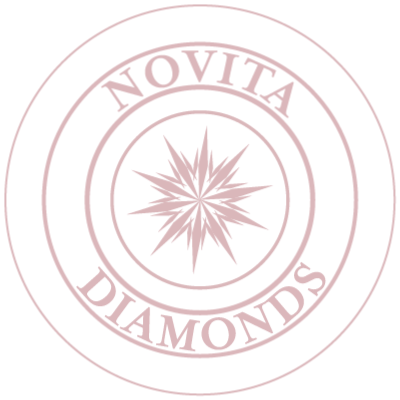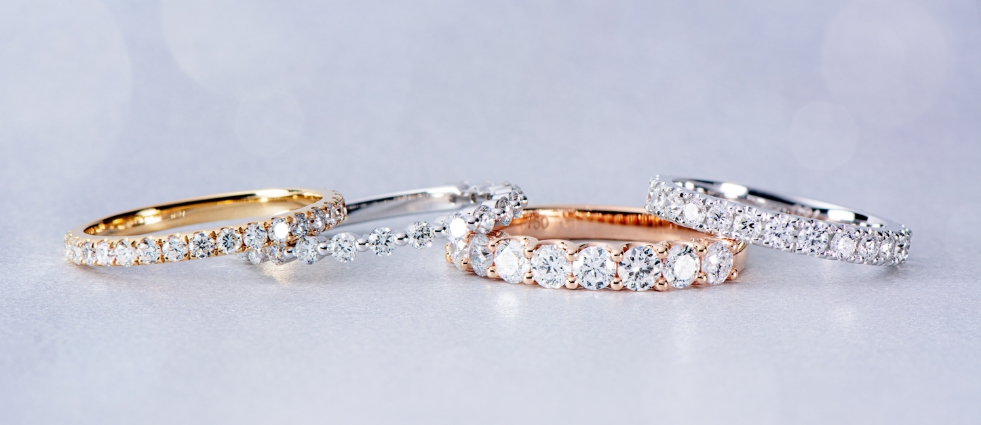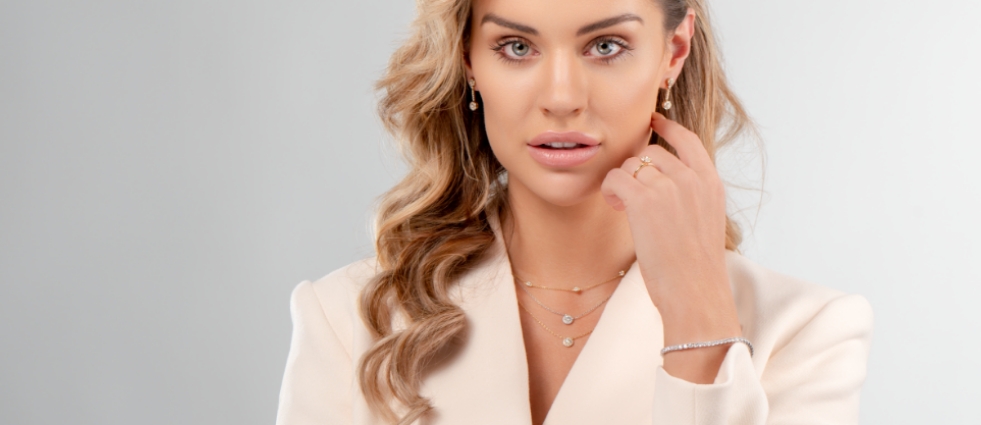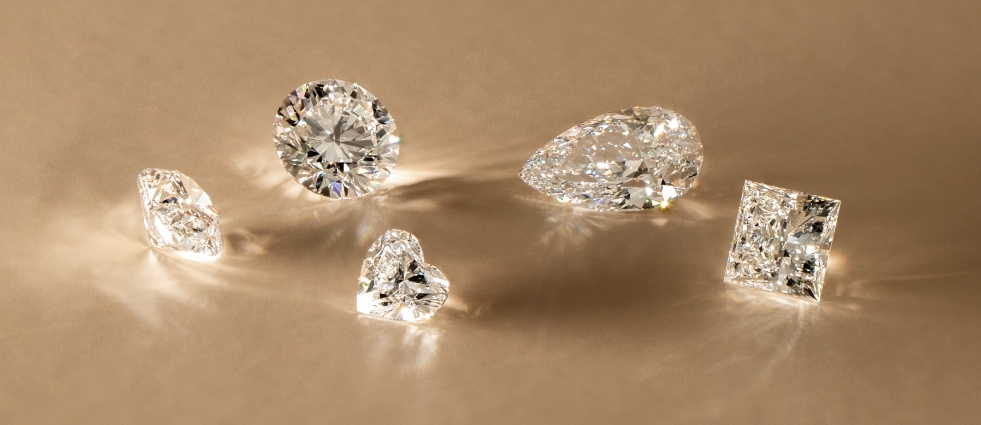Numerous companies specialize in selling diamond simulants, with moissanite crystals being one of the most popular options.
In response to the abundance of misinformation regarding moissanite and other diamond simulants, we asked one of our expert gemologists, Michael, to write a concise but informative article addressing the misconceptions about moissanite and explaining the differences between moissanite and real diamonds. At NOVITA DIAMONDS, we believe that our customers deserve to make informed decisions based on facts, rather than exaggerated marketing claims.
DO DIAMONDS AND MOISSANITES LOOK THE SAME?
SIMILAR OR DIFFERENT?
In this article, we will provide straightforward explanations of all the differences between moissanite and real diamonds so that you can easily distinguish between the two.
The first notable difference between moissanite and diamonds is their appearance. Moissanites typically have a darker hue than diamonds. If moissanite stones are evaluated using the same color grading system used for diamonds, which ranges from "D" to "Z", the average moissanite will have a "J" color grade. A "J" grade indicates a visible tint of brown, which is noticeable to the naked and untrained eye, making it not an ideal choice for purchase.
Some companies claim to offer moissanites with a color grade as high as "H," but the existence of "H" color moissanites has not been verified by independent experts. As a gemmologist, I have examined numerous moissanites and have yet to come across one that is "H" in color. It seems that many moissanite sellers are attempting to take advantage of unsuspecting consumers to turn a quick profit.
When it comes to comparing diamonds and moissanites, the naked and untrained eye can easily spot a difference in their sparkle colours. Diamonds sparkle with a pure white light, whereas moissanite produces iridescent colours that look like rainbows. This disparity in sparkle colour is due to moissanite's pleochroic nature, meaning it displays multiple colours when viewed from different angles because it is double refractive. This is a unique feature that is never found in diamonds. Unlike moissanite, diamonds' optical properties are consistent, and their sparkle colour remains the same regardless of the viewing angle. To identify moissanite, one can examine it from the top and observe where the facets join, where they will see two joints instead of one. In summary, moissanite's double refraction and pleochroic nature make it stand out from diamonds in terms of sparkle colour.
As expected, there have been recent claims by companies that a new moissanite cutting method can prevent double fractions from occurring in the crystal. However, it is crucial to approach this claim with a healthy dose of skepticism since double refraction is an inherent feature of the material. Therefore, it is highly unlikely that any new cutting method can bypass this phenomenon from occurring.








